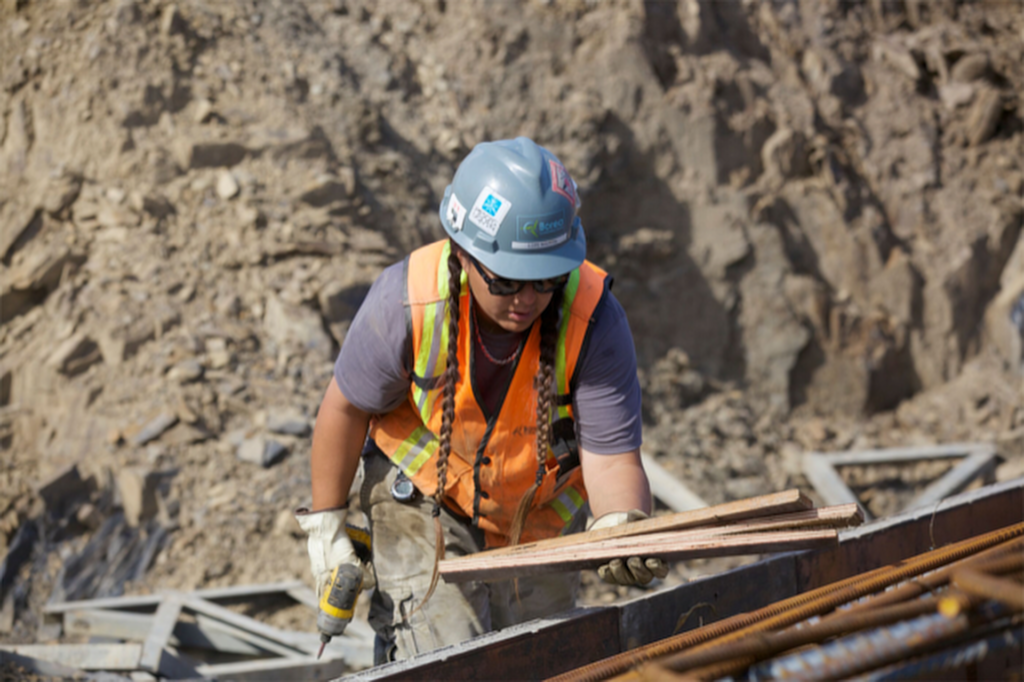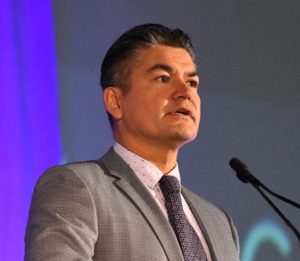Indigenous businesses could generate $100 billion in Canada
There’s a major roadblock: access to capital. But investors who step up can boost both the economy and their own returns.
Advertisement
There’s a major roadblock: access to capital. But investors who step up can boost both the economy and their own returns.



Share this article Share on Facebook Share on Twitter Share on Linkedin Share on Reddit Share on Email